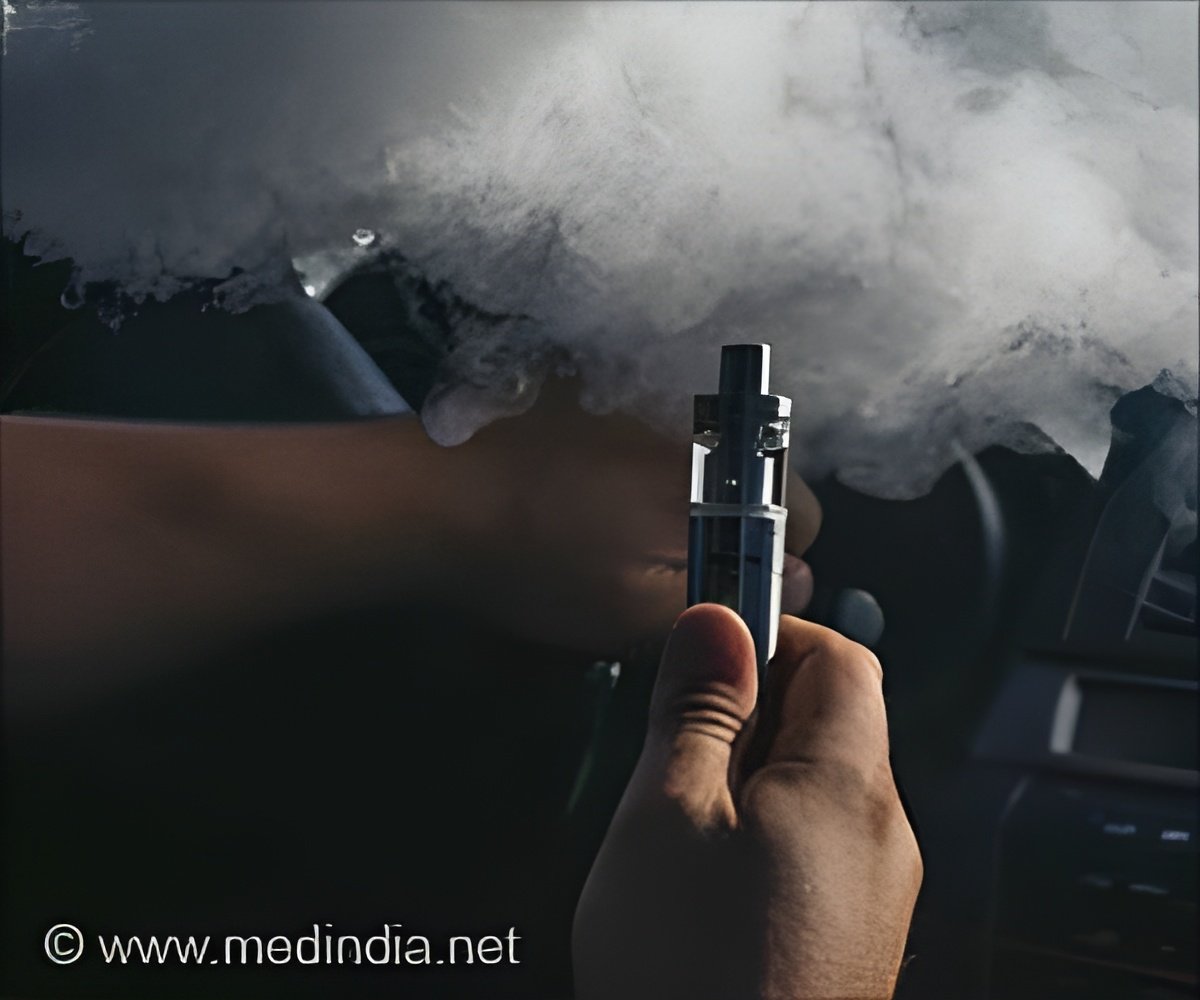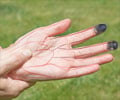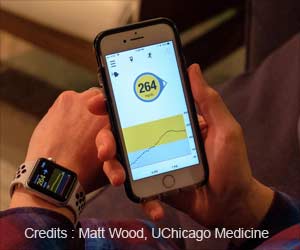Students who vape and smoke show the lowest academic scores, with some experiencing moderate cognitive impairment, highlighting the impact on mental performance.

Vaping (E-Cigarettes): What It Is, Side Effects & Dangers
Go to source) was linked to lower cognitive function scores among college students, with the negative impact increasing as vaping frequency rose. Researchers also determined students who vaped 10 to 20 puffs per day had scores 9.2% lower than those who did not vape or smoke, and those who vaped more than 20 puffs a day had scores 13.7% lower than those who didn’t vape or smoke.
‘The more students #vape, the more their #cognitive abilities—learning, #memory, and problem-solving—take a hit. Is it really worth the buzz? #vaping #brainhealth ’





Vaping's Negative Effect Revealed
The study also found college students who vaped and smoked had the lowest scores. While using electronic cigarettes (vaping) has been shown to cause lung damage, the research presented at ANA is groundbreaking because there is little to no information on vaping’s relationship to cognitive function, such as learning, memory, problem-solving, critical thinking and decision-making. Cognitive testing is rarely performed in young people.“People in the study who had previously smoked cigarettes typically smoked three or four a week, but with vaping, they now smoke double, triple, or more, especially if they smoke and vape,” said Linker Viñan Paucar, lead author of the study and a final-year medical student at Catholic University of Santiago de Guayaquil, Ecuador. “Electronic cigarettes with up to 20,000 puffs are supposed to last three months, but we found many students finished them before the first month and started using others.”
The study included 405 Hispanic college students ages 18-30 who attended one of two universities in Guayaquil, Ecuador: 64 only vaped; 31 only smoked cigarettes; 111 smoked and vaped; and 199 never smoked or vaped. All were given Montreal Cognitive Assessment (MoCA) tests, for which scores 26 and above are considered normal and those below 25 may indicate some cognitive impairment. MoCA scores were as follows. Students who:
- Did not smoke or vape scored a median of 26 (low of 18)
- Only vaped scored a median of 24 (low of 16)
- Only smoked cigarettes scored a median of 25 (low of 22)
- Vaped and smoking together scored a median of 24 (low of 8)
Research has shown smoking can affect cognition by reducing brain volume and narrowing the blood vessels, lowering blood flow and oxygen to the brain. Further, nicotine can cause neurotoxicity that damages brain cells.
Advertisement
Reference:
- Vaping (E-Cigarettes): What It Is, Side Effects & Dangers - (https://my.clevelandclinic.org/health/treatments/21162-vaping)
Source-Newswise














